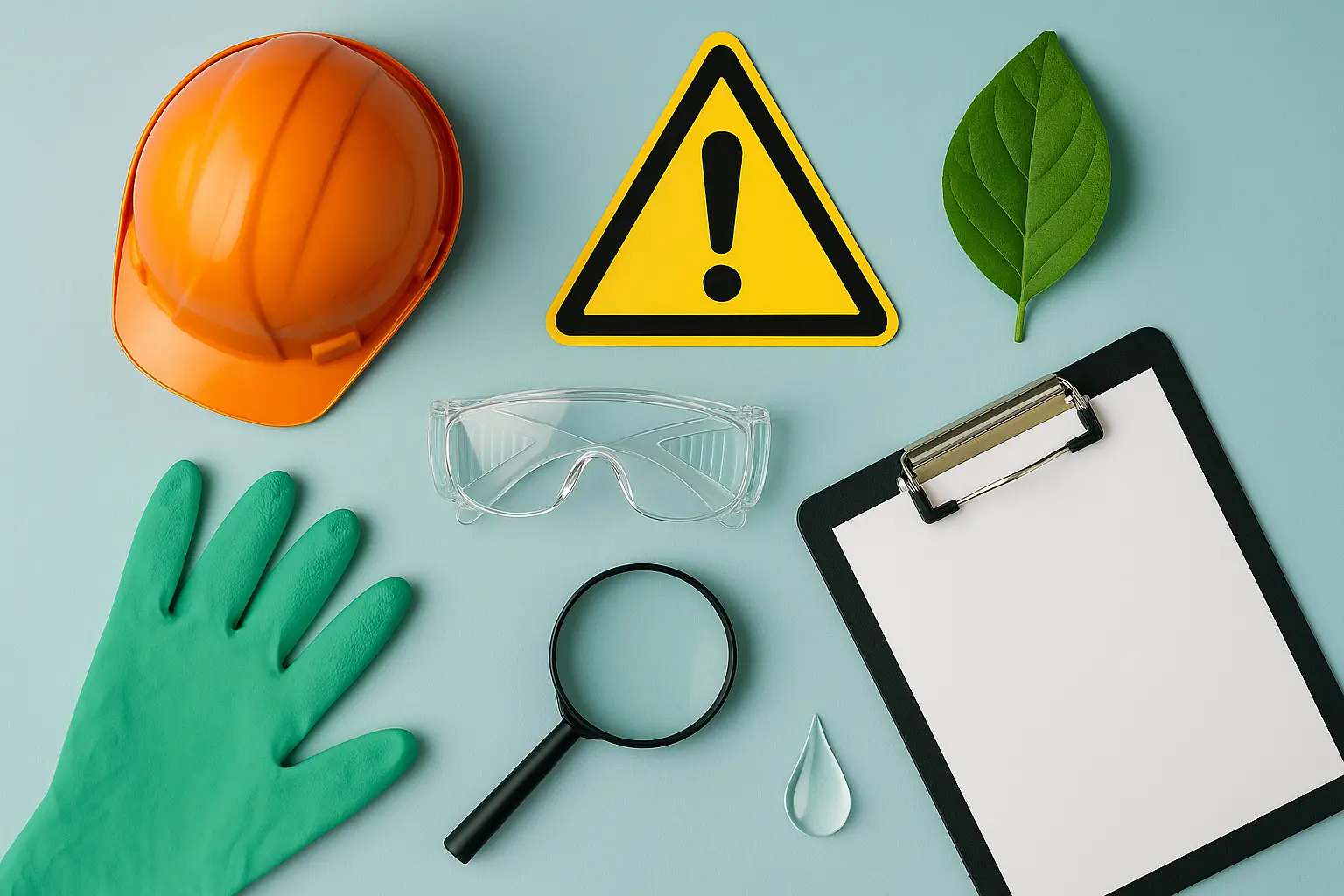Emergency Response Certification
The Emergency Response Certification is a critical component in ensuring that organizations are prepared to handle emergencies efficiently and effectively. This certification focuses on equipping personnel with the necessary skills, knowledge, and resources to respond swiftly during emergency situations such as fires, chemical spills, hazardous material incidents, or natural disasters.
In today's rapidly changing regulatory environment, compliance is paramount. The Emergency Response Certification aligns with international standards like ISO 14001 for environmental management systems and OSHA regulations in the United States to ensure that organizations meet their responsibilities under local laws.
For quality managers, compliance officers, R&D engineers, and procurement teams involved in EHS operations, this certification is essential. It provides a framework for developing emergency response plans, conducting drills, and ensuring that all personnel are trained according to best practices. The certification also emphasizes the importance of continuous improvement through regular audits and updates based on evolving standards.
By obtaining Emergency Response Certification, organizations demonstrate their commitment to safety and sustainability. This not only enhances reputation but also reduces potential risks associated with non-compliance penalties or operational disruptions caused by unpreparedness during emergencies.
Benefits
The benefits of holding an Emergency Response Certification extend beyond mere compliance; they encompass enhanced preparedness, improved operational efficiency, and increased organizational resilience. Here are some key advantages:
- Enhanced Preparedness: Organizations that undergo this certification gain access to comprehensive training programs tailored specifically for emergency response scenarios.
- Better Compliance: Ensures adherence to relevant international standards such as ISO 14001 and OSHA, reducing the risk of legal issues or operational disruptions due to non-compliance.
- Increased Efficiency: Streamlined processes related to emergency response planning, training, and execution contribute significantly towards overall business continuity.
- Risk Reduction: By identifying potential hazards early on through regular assessments and drills, organizations can mitigate risks effectively, thereby protecting both employees' health and safety as well as the environment.
In summary, Emergency Response Certification offers more than just a piece of paper; it represents a strategic investment in an organization's future sustainability and success by fostering a culture of preparedness and continuous improvement.
Why Choose This Test
- Comprehensive Training: Participants receive thorough training that covers various aspects of emergency response, from initial assessment to advanced tactical operations.
- Real-World Scenarios: Exercises simulate actual conditions under which responders might be called upon to act. This hands-on approach ensures practical applicability and readiness for any situation.
- Expert Instructors: Led by experienced professionals who have extensive experience in emergency response, these courses offer valuable insights from real-life experiences.
- Certified Personnel: Upon completion of the course, individuals receive a certificate attesting to their proficiency in emergency response procedures. This recognition can boost career prospects and enhance credibility within the industry.
The Emergency Response Certification equips professionals with the skills needed to protect lives and property during emergencies while complying with regulatory requirements. It serves as a testament to an organization's commitment to safety and environmental stewardship, ultimately contributing positively towards its reputation and long-term viability.
Use Cases and Application Examples
The application of Emergency Response Certification spans across multiple sectors including manufacturing plants, oil refineries, chemical facilities, construction sites, and warehouses where hazardous materials are stored or used. Here are some specific examples:
- Manufacturing Plants: In case of a fire or gas leak, trained personnel can quickly isolate the affected area, evacuate workers safely, and contain the incident before it escalates into a larger disaster.
- Oil Refineries: Responders familiar with refinery processes can handle spills involving petrochemicals or hazardous substances without causing further contamination or harm to bystanders.
- Chemical Facilities: Knowledge of handling specific chemicals ensures that response actions are precise and effective, minimizing damage to infrastructure and the environment.
- Construction Sites: Quick identification and containment of dust clouds or other airborne hazards can prevent respiratory illnesses among workers and nearby communities.
- Warehouses: Proper labeling and segregation of goods mean that in case of a fire, responders know exactly what they are dealing with, allowing for targeted firefighting efforts rather than broad-spectrum attacks which could cause unnecessary destruction.
In each scenario, the ability to act promptly and correctly is crucial. The Emergency Response Certification ensures that personnel have received the necessary education and practice required to perform these tasks effectively.





